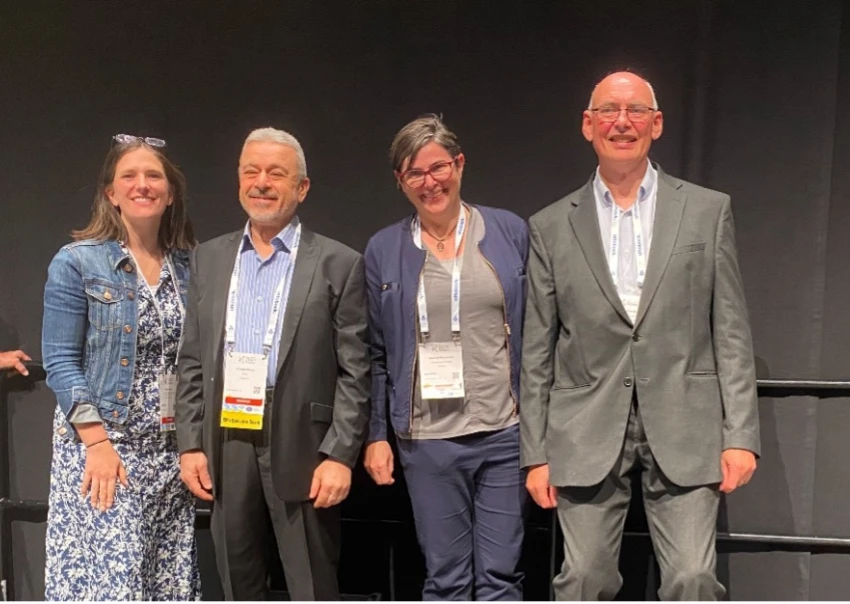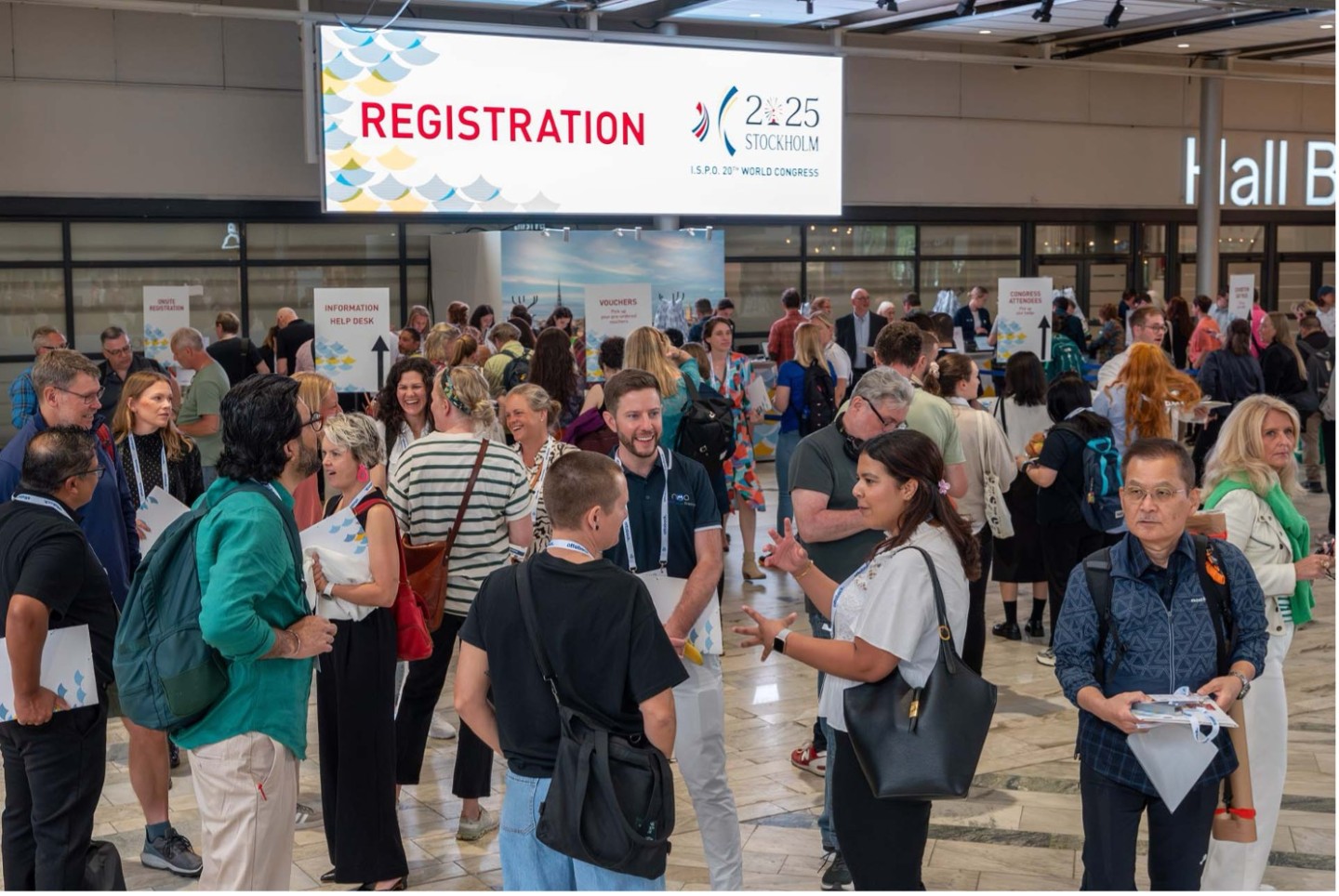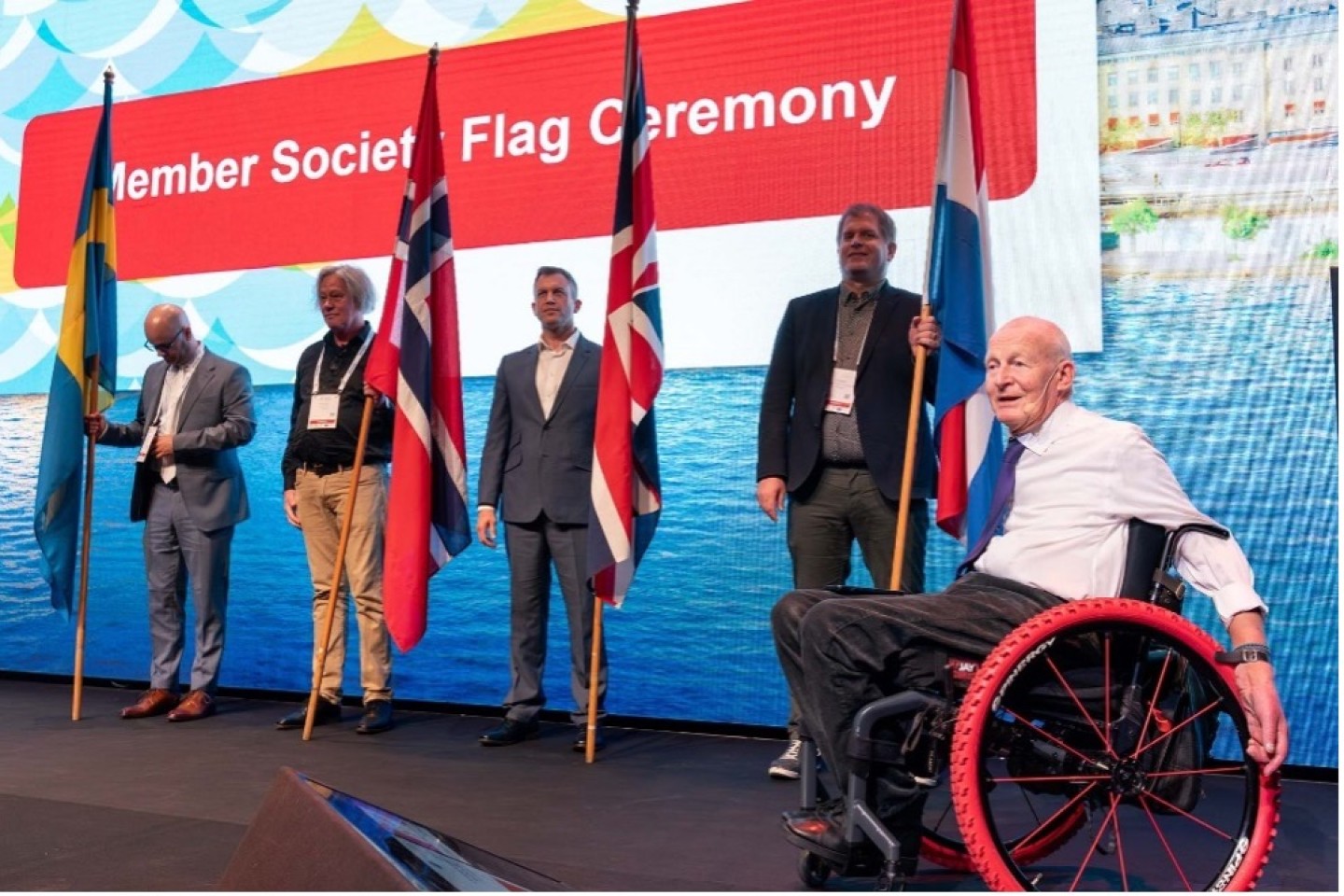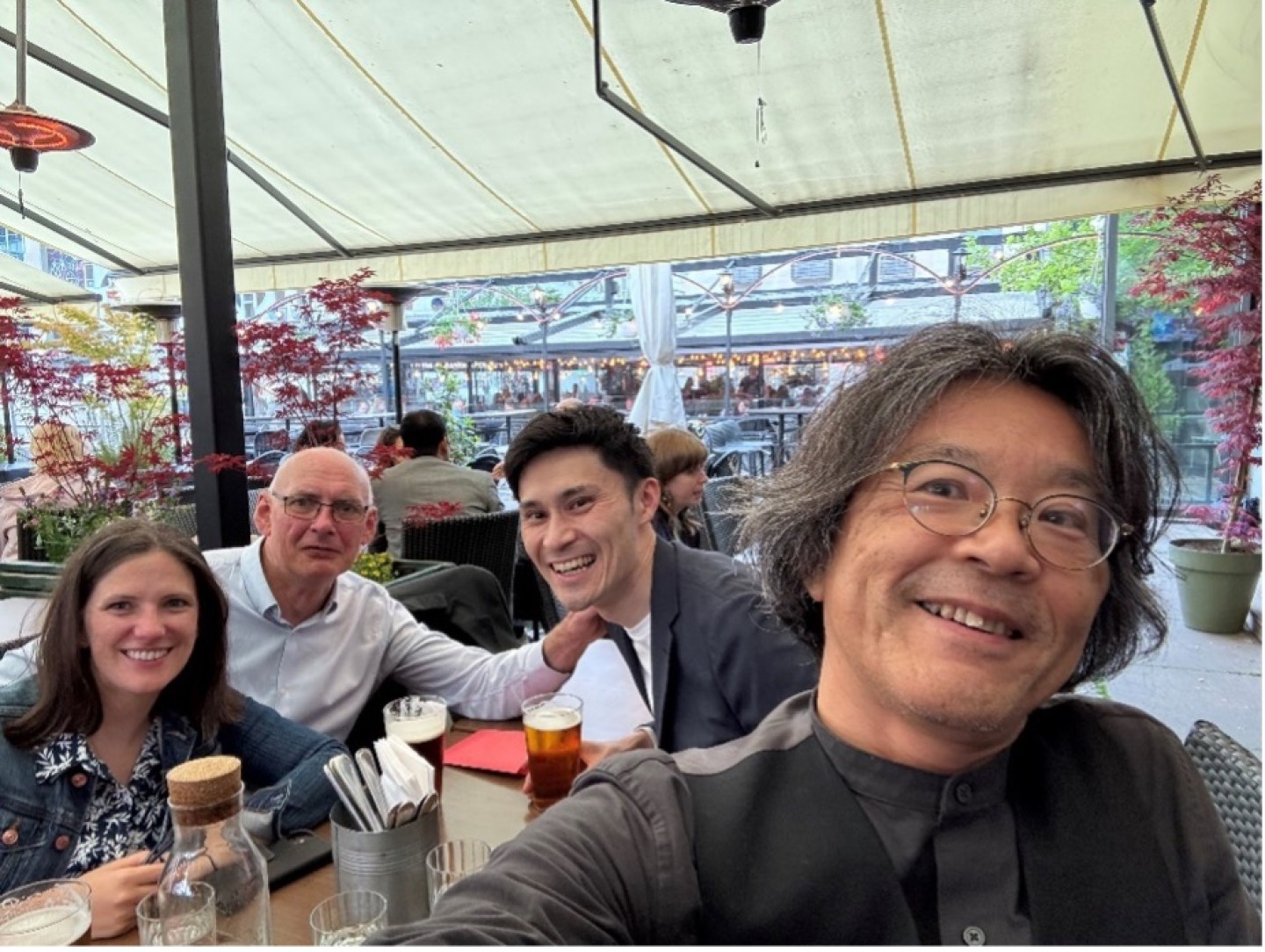
Earlier this summer, I had the privilege of attending the ISPO World Congress 2025 in Stockholm, Sweden—a truly international gathering of professionals passionate about advancing prosthetic and orthotic care across the globe. I’m incredibly grateful to Peacocks Medical Group for supporting my attendance at this world-class event.
I was joined by Mrs Aideen Steed, a physiotherapist from Northwest London Hospital Trust and a long-time collaborator. Over the past two years, Aideen and I have delivered stroke gait rehabilitation courses in Nepal and Delhi, and we were proud to see this work recognised in ISPO’s International Biennium Report. Together with colleagues from Sweden, Lebanon, and the UK, we led a symposium at the Congress exploring early rehabilitation strategies following stroke.
First Impressions of Stockholm
Stockholm welcomed us with its calm efficiency, stunning architecture, and shimmering waterways. Even before the opening ceremony, the networking was underway—catching up with familiar faces and learning how projects had evolved since our last meetings.
The opening ceremony itself was a celebration of international collaboration, with a scientific programme curated by teams from the UK, Sweden, Norway, and the Netherlands. A new addition this year was the technical programme, which added a hands-on dimension to the congress. Credit to Ian Adam and his team for spearheading this valuable new track.
Debating Stroke Rehabilitation Strategies
One of the first sessions I attended focused on gait rehabilitation post-stroke, delivered by a Japanese team whose clinical approach was markedly different to ours. Their method involves early aggressive knee stabilisation using a KAFO, combined with oil-dampened AFOs for ankle control. In contrast, Aideen and I promote ankle stability and encourage active knee control to aid motor learning.
Their outcomes were impressive, but the method is extremely physio-intensive, making widespread adoption in the UK unlikely under current NHS resources. Still, the exchange of ideas was invigorating, and we met with the Japanese team over dinner to discuss the possibility of a joint symposium at a future World Congress, comparing our approaches and inviting open debate.
Research Recognition and Clinical Relevance
I was pleased to see Jessica Hargreaves’ research on spinal bracing presented by Professor Nachiappan Chockalingamduring a free paper session. Jessica’s paper—exploring the impact of bracing on segmental immobilisation—stood out for its clinical relevance. Nachi and I discussed ways we could help grow orthotic research in the UK, and I left that session feeling energised about the possibilities.
In a technical track session on partial foot orthoses, I was reassured to find my own clinical approach—using carbon fibre AFOs for forefoot amputation—endorsed by international colleagues. While still uncommon in the UK, it’s encouraging to see this method gaining traction globally.
We wrapped up day one with a lively networking reception, a great opportunity to reconnect with peers and forge new connections.
Innovation, Technology, and Clinical Debate
Day two kicked off with a symposium on microprocessor-controlled KAFOs. While the technology is exciting, these devices remain prohibitively expensive in the UK. I raised concerns about one of the outcome measures—improved balance—which may have been influenced by stiffer ankle components that weren’t accounted for. This highlighted a gap in the research, and I brought it to the attention of the scientific committee for future consideration.
Later that day, I attended the Forchheimer Prize presentation, followed by a deep dive into the exhibition hall. Digital manufacturing, scanning, and 3D printing are transforming how we produce orthotic and prosthetic devices. It was fascinating to see how various companies are integrating these technologies into clinical practice.
I also joined a session on orthotic stiffness and alignment—two fantastic papers explored how stiffness can be adjusted and how much stiffness is optimal. I encouraged the presenters to collaborate, and we even discussed the development of a clinical tool to prescribe patient-specific stiffness values—something that could greatly improve orthotic outcomes.
That evening, we attended a civic reception at Stockholm’s City Hall, the iconic venue for the Nobel Prize ceremonies. Standing in the Golden Hall, where laureates receive their awards, was an unforgettable moment.
Global Perspectives and Shared Ambitions
Wednesday began with the ISPO World Assembly, where Aideen and I were honoured to be named in the international education programme for our teaching abroad. Later that day, a keynote by a Paralympian and neuroprosthesis userreminded us of the real-world impact of our work.
In a symposium on guideline-based orthotic care, Dutch researchers presented compelling evidence that specialist centres are more cost-effective for neuromuscular patients than general clinics. While their model is heavily reliant on gait analysis and well-funded systems, there’s value in exploring how elements of this approach might work in the UK context.
A chance conversation with a Danish spinal surgeon proved to be one of the most enlightening moments of the week. She’s moved entirely to night-time scoliosis bracing and reported dramatic reductions in surgical intervention. She’s agreed to speak at a future UK conference—an exciting opportunity for our local spinal teams.
Aideen and I also met with an ISPO board member to discuss reviving the Stroke Consensus Conference. In support of this, we’ve committed to establishing an ISPO Special Interest Group on Early Gait Rehabilitation Post-Stroke, potentially in partnership with national physiotherapy organisations.
Presenting Our Work and Looking Ahead
Our symposium—“Optimising Motor Recovery Post-Stroke: Exploring the Role of Lower Limb Orthotic Interventions”—was well received. We included a live demonstration of the hemiplegia test and sparked meaningful debate about early-stage orthotic strategy. While many still favour ankle mobility in early rehab, we advocate a fixed ankle to promote alignment and stability, enabling motor relearning.
The final day gave me the chance to connect with several young UK orthotists, brimming with ideas and ambition. Their passion was infectious, and I left the Congress inspired by the future of our profession.
Final Thoughts
Attending the ISPO World Congress 2025 was an unforgettable experience—full of insight, debate, innovation, and collaboration. I return with new ideas, new contacts, and renewed energy to help drive orthotic innovation both within the UK and abroad.
Many thanks for the support provided by Peacocks Medical Group, Orthotic Education and Training Trust (OETT) and ISPO UK for the opportunity to partake in this amazing event.
Paul Charlot, Orthotist







